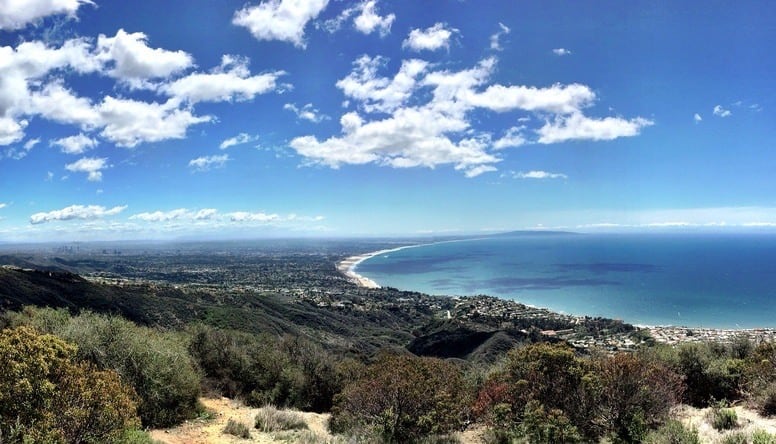When picturing Santa Monica, what comes to mind first and foremost is the ocean — shops, the ferris wheel, the pier — but mostly the ocean. What doesn’t usually come to mind is the toll ocean acidification is taking on the marine life and biodiversity just off our shores.
The ocean acts as a carbon sink, absorbing a quarter to a third of carbon dioxide emissions in the atmosphere. As humans continue to emit increasing amounts of carbon dioxide, more and more is absorbed into the ocean. Absorbing this carbon dioxide lowers the seawater’s pH and increases the ocean’s acidity. These seemingly slight changes to the chemistry of our oceans threaten to disrupt the delicate balance of ocean life, resulting in habitat destruction and marine life loss.
What we are doing about it
Guided by professor Robert Eagle and in partnership with The Bay Foundation, this project sought to identify impacts of anthropogenic carbon dioxide input on the Santa Monica Bay. In addition to global emissions, there are many local, man-made sources of carbon dioxide that can dramatically affect the pH, carbonate chemistry and other oceanographic parameters in the bat. Last year, a UCLA practicum team began assessing the potential for kelp forests in the bay to serve as a refuge for marine life from ocean acidification. Our team compared sea kelp and eelgrass to determine which is a better carbon sequester. To expand the scope of our research, our team ran a Spark fundraising campaign and successfully raised $4,000 to purchase a smarTROLL multiparameter handheld instrument to measure additional parameters such as pH, temperature, depth, and salinity.
With the utilization of instruments that we had at hand and onboard the UCLA’s research Zodiac, we collected data within areas of sea kelp, eelgrass, and a control site over the course of three field days at Solstice Cove in Malibu. After further analysis with the use of Matlab and ArcGIS, our team found that both kelp and eelgrass should be explored as a method of ocean acidification mitigation.
To bring our research to the public, we held an outreach event at the Santa Monica Aquarium on Earth Day, where we educated kids and adults about ocean acidification and how our research aims to help mitigate its impacts. To make things fun, we also included arts and crafts activities such as shell decorating and face painting.
Our goal was to discover how human activities or natural phenomena may cause local variations in dissolved carbon dioxide levels and pH within the ocean in the Santa Monica Bay. We hope this study increases awareness of human impact on the bay and susceptibility of marine life inhabiting these waters. The project has been a valuable experience for our team — we look forward to further studies that will expand our findings and contribute to positive changes within for our environment.
Team: Anna George, Noah Horvath, Destiny Johnson, Eileen Ly, Roajhaan Sakaki, Shang Shi
Advisor: Rob Eagle
Client: The Bay Foundation
The Bay Foundation is a non-profit environmental group founded in 1990 to restore and enhance Santa Monica Bay and local coastal waters.

